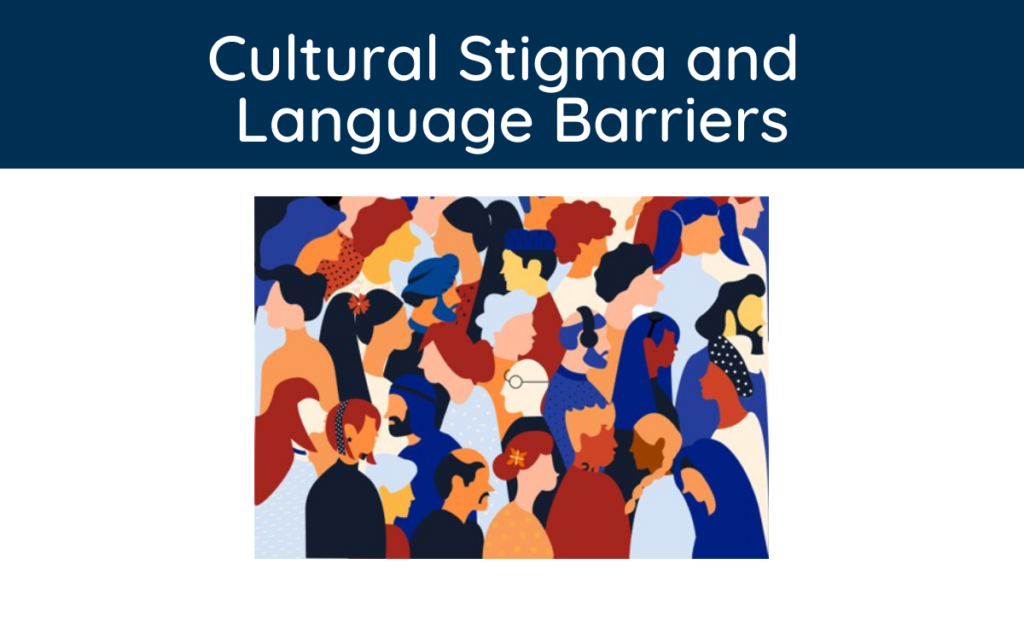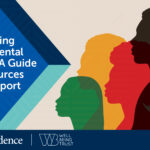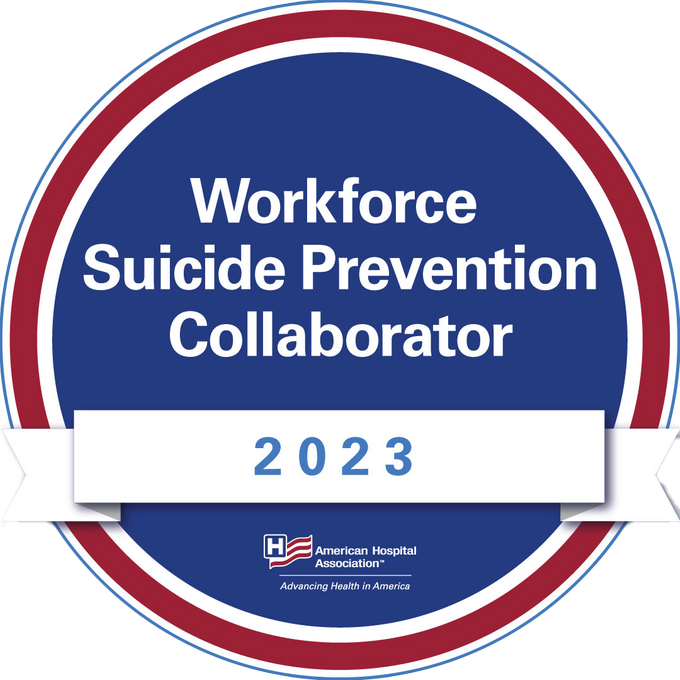Did you know that the stigma of mental illness in communities of color, language differences between patients and providers, and cultural presentation of symptoms can contribute to misdiagnosis?
Health care providers’ lack of cultural understanding may contribute to underdiagnosing and misdiagnosing of mental illness in people of color. Yet there are considerable gaps in the diversity of clinicians practicing in the mental health field. According to the American Psychological Association, about 86 percent of psychologists in the U.S. workforce were white in 2018, and about 15 percent were from other racial and ethnic groups.
View the links below to read more about cultural stigma, language barriers, and the prevalence of mental health illness among minorities.
- Despite the needs, only one in three African American adults who need mental health care receive it. According to the American Psychiatric Association’s Mental Health Facts for African Americans guide, African Americans are also more likely to use emergency rooms or primary care for mental health support instead of mental health specialists. View guide from APA.
- Alcohol-induced death rates in 2020 were highest among American Indians and Alaska Native peoples (42.4 per 100,000), according to the latest Pain in the Nation Report from Trust for America’s Health and Well Being Trust. According to the 2018 Behavioral Health Services American Indians and Alaska Natives report from the Substance Abuse and Mental Health Services Administration, “availability, accessibility, and acceptability of behavioral health services are major barriers to recovery for American Indians and Alaska Natives.” View report from SAMHSA.
Asian American / Pacific Islander communities face several cultural barriers that may prevent them from accessing mental health services including lack of cultural competency among providers as well as limited multilingual services within health care organizations, according to the APA’s Mental Health Factsheet for Asian Americans/Pacific Islanders. View Factsheet from the APA.
In Latinx/Hispanic communities, few individuals discuss mental health issues or seek treatment as it could be related to shame within their family unit. According to a 2019 study published in Hispanic Health Care International, Hispanic and Latin populations access mental healthcare 50 percent less than non-Hispanic white people in the United States. View fact sheet from NAMI
The U. S. Department of Health and Human Services Office of Minority Health provides additional information about cultural stigma and why racial and ethnic minorities often suffer from poor mental health outcomes due to the lack of access to services.
View the resources below to learn more about addressing mental health stigma and disparities in care:
The Nation’s Health: A Publication of the American Public Health Association – Addressing stigma, disparities in minority mental health: Access to care among barriers
HHS Office of Minority Health: National Minority Mental Health Awareness Month Resources
American Psychiatric Association: Mental Health Disparities- Diverse Populations
University of Southern California Nursing@USC Blog: Understanding Barriers to Minority Mental Health Care
Mental health resources
If you or someone you know is struggling with a mental health or addiction issue, below is a list of resources and services that may help. Contact one of the resources below to speak with a trained counselor or get a referral for help in your area.
- Call the 988 Suicide & Crisis Lifeline if you or someone you know is having suicidal thoughts.
- Text HOME to the Crisis Text Line number 741-741 to connect with a crisis counselor.
- The NAMI HelpLine can be reached Monday through Friday, 10 a.m. – 10 p.m., ET.
1-800-950-NAMI (6264) or helpline@nami.org - Call the Substance Abuse and Mental Health Services Administration (SAMHSA) National Helpline at 1-800-662-HELP (4357) for referrals to treatment centers, support groups, and community mental health agencies.






